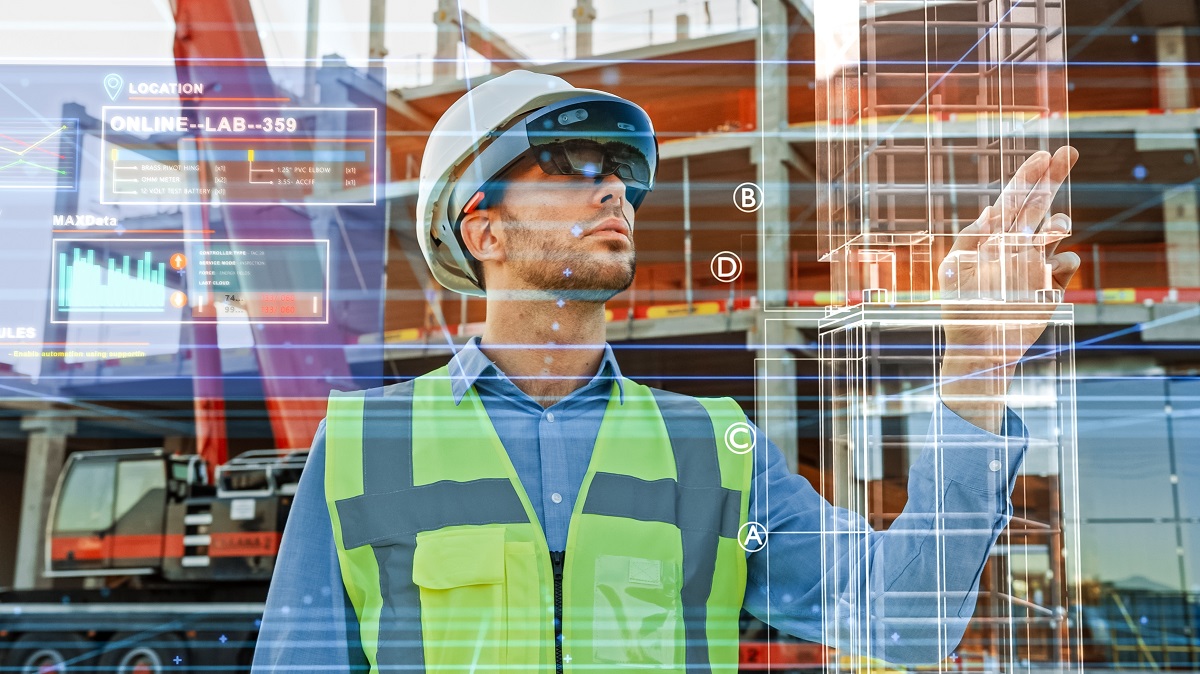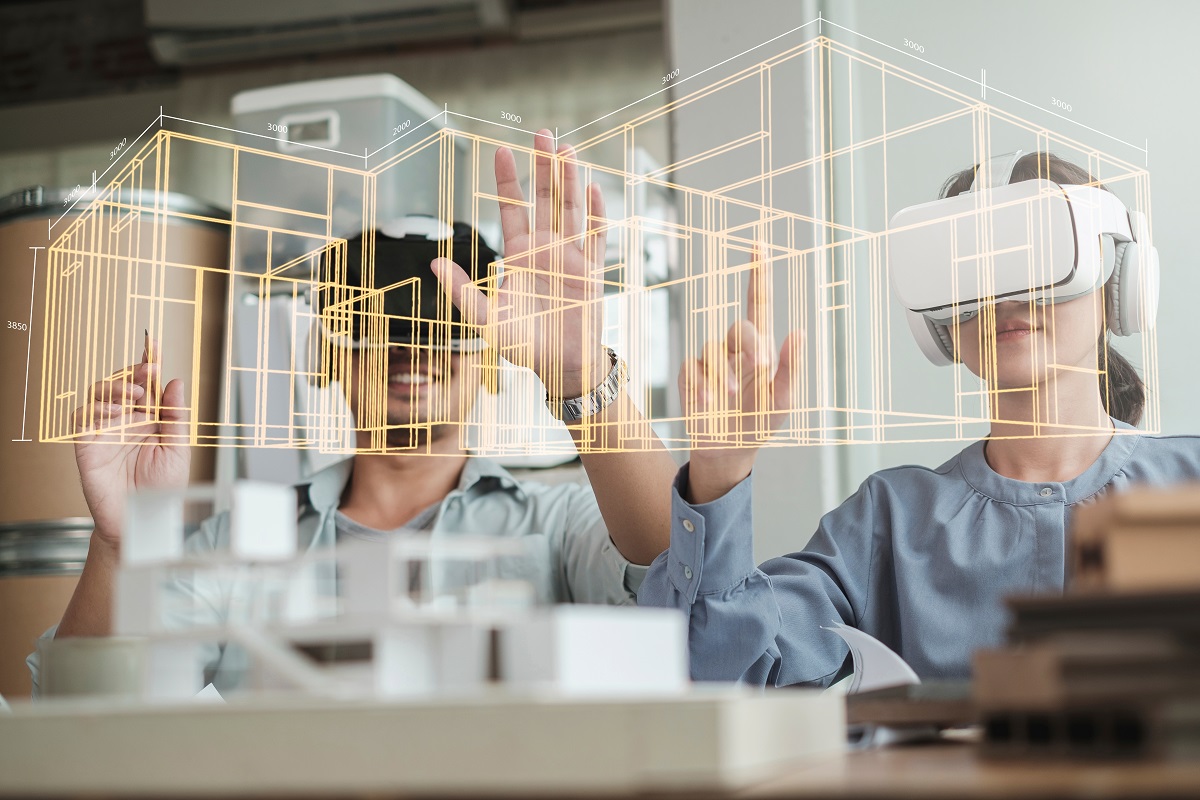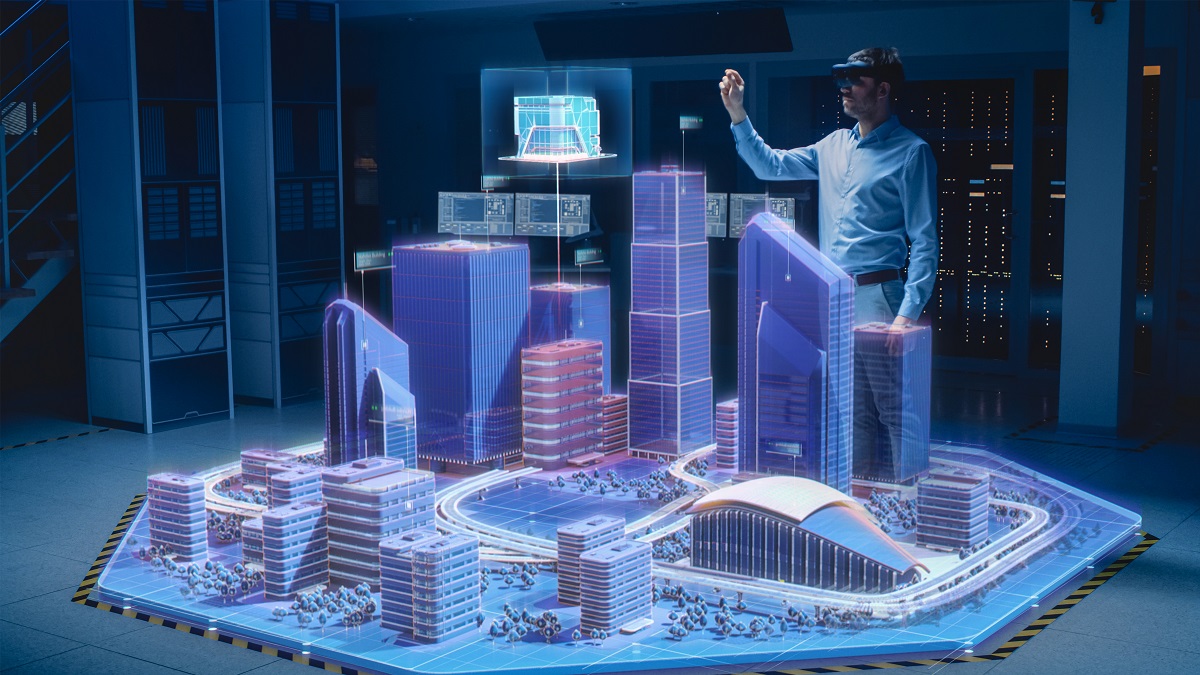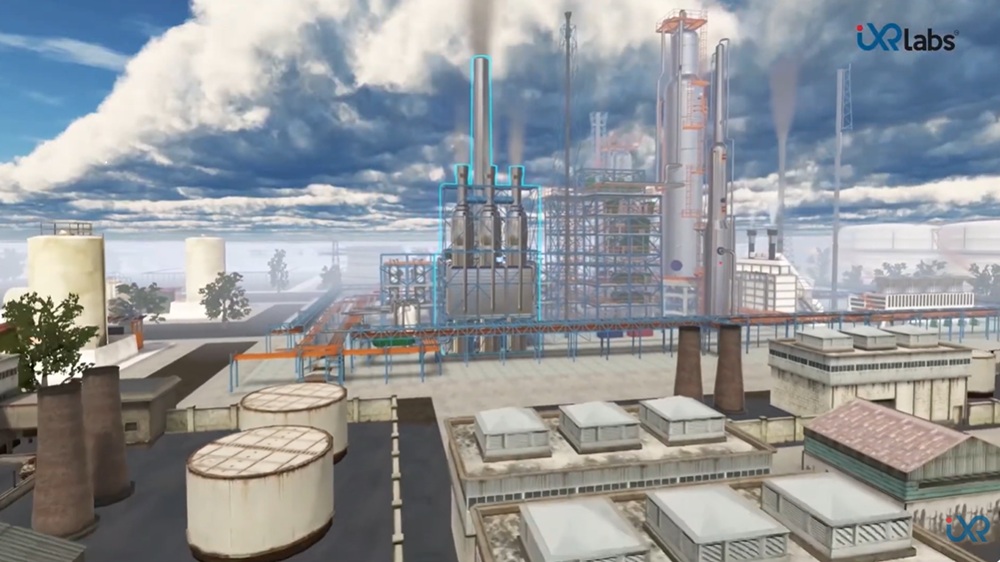VR for Understanding Construction Technology and Building Materials

The construction industry has always been a cornerstone of civilizational development. From the majestic pyramids of Egypt to the sprawling metropolises of today, constructing architectural marvels has been at the heart of human progress.
But, in the construction industry, the essence of creation lies deeply rooted in understanding. From the rich texture of building materials to the intricate dance of construction technology, every element plays a crucial role in bringing structures to life. Wait. What if there was a way to amplify this understanding?
To not just read or view but to immerse oneself completely?
Yes, this is possible with Virtual Reality (VR). It’s a tool not just of visualization but of immersion, VR is poised to redefine how we grasp the nuanced world of construction technology and building materials. Dive in with us as we explore this transformative frontier below.
Virtual Construction Technology: An Overview
Virtual Construction Technology – the term sounds futuristic, doesn't it?
Imagine visualizing a 200-foot bridge, understanding its intricate support structures, or even "walking" on it before it's even built.
That's the magic of VR for construction technology.
Virtual reality in the classroom has been a buzzword for educators. From history lessons that transport students back in time to complex physics experiments, the applications are limitless.
But when it comes to subjects like construction technology, the potential benefits of VR labs multiply tenfold.
Yes, it's a bridge between real and virtual.
Speaking of bridges, let's delve deep into bridge construction in VR.
Bridge construction in VR is like a live demo. It provides students with a 360-degree view, enabling them to grasp complex construction processes easily.
A study from the National Institute of Building Sciences highlighted that students who utilized VR for construction technology modules, especially bridge construction, showcased a 35% better retention rate.
They were able to understand intricate details like load distribution, foundational support, and structural integrations, which often seem abstract in traditional classrooms.
Impressive! Isn’t it?
Benefits of VR for Construction

Here's the deal! The benefits of VR labs extend beyond mere visualization.
There’s no denying the transformative nature of VR labs in shaping the modern educational landscape. But to truly grasp the benefits, let's delve even deeper into what makes VR software for construction such a game-changer.
☑️ Contextual Learning
When using VR for construction technology, students are placed directly within a contextual environment. For instance, rather than merely reading about the layering of materials, the load distribution of a bridge, or chain trencher working, they can experience it.
This type of experiential education can lead to more profound and long-lasting comprehension.
☑️ Collaboration Across Borders
VR labs aren’t just about solo exploration. Advanced VR platforms facilitate collaborative environments where students from different parts of the world can work together on a shared project.
This not only fosters teamwork but also encourages the cross-pollination of ideas from diverse cultures and perspectives.
☑️ Personalized Learning Paths
Every student learns differently. Some might grasp concepts quickly, while others might need to revisit certain areas. VR labs can adapt to individual learning styles and paces, offering personalized tutorials, feedback, and challenges tailored to each student.
☑️ Resource Efficiency
Imagine the cost, time, and effort required to set up real-world demos for each construction scenario or material test. With VR software for construction, educators can simulate countless scenarios without the need for physical resources. This not only saves money but is also more environmentally friendly.
☑️ Immersive Feedback
After working on a virtual construction project, students can receive real-time feedback. Whether it’s about the structural integrity of their design or the suitability of the chosen materials, this immediate feedback loop ensures that mistakes are corrected as they’re made, fostering a more iterative and agile learning process.
☑️ Preparing for the Real World
While the virtual world offers a safe environment for trial and error with virtual industrial visits, it also closely mimics real-world challenges and scenarios. By tackling these in VR, students are better prepared to address real-world challenges when they step onto an actual construction site.
☑️ Augmenting Traditional Learning
While VR for higher education is revolutionary, it doesn’t render traditional learning obsolete. Instead, it augments it. By blending VR experiences with traditional lectures, readings, and hands-on labs, educators can offer a holistic learning experience that caters to various learning styles and preferences.
"Transform Your Perspective on Construction Technology and Building Materials with VR – Experience the Next Generation of Building Innovation Today!"
Diving into the Virtual Construction Site

The world of civil engineering is vast, encompassing a myriad of complex projects from tunnels and bridges to urban planning and water systems. But here’s a challenge: how do you provide students with real-world experience without the real-world risks?
And the solution?
Using VR to train engineering students. Here is why:
☑️ Understanding the Complexities
Bridges, with their intricate designs and significant role in connectivity, pose both challenges and opportunities for budding civil engineers.
With VR for civil engineering and VR software for construction, students can step into the shoes of seasoned engineers, examining and experimenting with various design methodologies, stress distribution patterns, and even the impact of external factors like wind and water currents, making it an easy task while construction safety training.
This virtual experience helps demystify complex engineering principles and lays the foundation for practical applications.
☑️ Augmented Reality’s Role
While VR for engineering immerses students in a completely virtual environment, Augmented Reality (AR) overlays digital information in the real world.
When engineering students put on AR goggles, they can view a real-world structure and simultaneously see overlaid data, such as stress points or flow dynamics.
This blend of the physical and digital worlds offers students an enhanced perspective and a deeper understanding of structural behaviors.
☑️ Metaverse in Higher Education
It's impossible to talk about VR and AR without mentioning the Metaverse!
It is a collective virtual shared space, created by converging physical and virtual reality.
In civil engineering, the Metaverse can serve as a collaborative platform. Imagine students from different universities, or even countries, coming together in a shared virtual space, collaborating on a mega infrastructure project.
The Metaverse in higher education can revolutionize how students interact, collaborate, and learn from one another.
☑️ Training with Purpose
There's no substitute for hands-on training.
With VR for civil engineering, students can navigate through a simulated construction site, operate heavy machinery like the dragline excavator, or test the acoustics of a concert hall design.
This simulated training ensures that when students eventually step onto a real construction site, they're not overwhelmed or underprepared.
They know the drill (pun intended)!
☑️ Virtual Reality in the Classroom

The future is now. Virtual reality in the classroom is no longer a sci-fi dream but a tangible, impactful tool.
It caters to various learning styles, offering visual learners a chance to see concepts come to life and kinesthetic learners the opportunity to interact and engage. Moreover, with the ever-evolving advancements in VR technology, the possibilities are limitless.
Today, it's a virtual construction site; tomorrow, it could be a simulated planet where students design habitats for extraterrestrial living.
Conclusion
The days of solely relying on thick textbooks and PowerPoint presentations are behind us. With the integration of VR for construction technology, the sky is the limit for aspiring engineers.
The ed-tech sector is evolving rapidly, and educators worldwide need to harness the power of virtual tools like virtual reality to provide the best possible learning experiences.
After all, the cities of tomorrow will be built by students who train today, and what better way to prepare them than with the latest in technological advancements?
As we continue to build upon the foundations of virtual education, the potential applications of VR and AR in construction technology seem endless. The blueprint for the future of construction education is here, and it's virtual. Are you ready to dive in?
.png)




